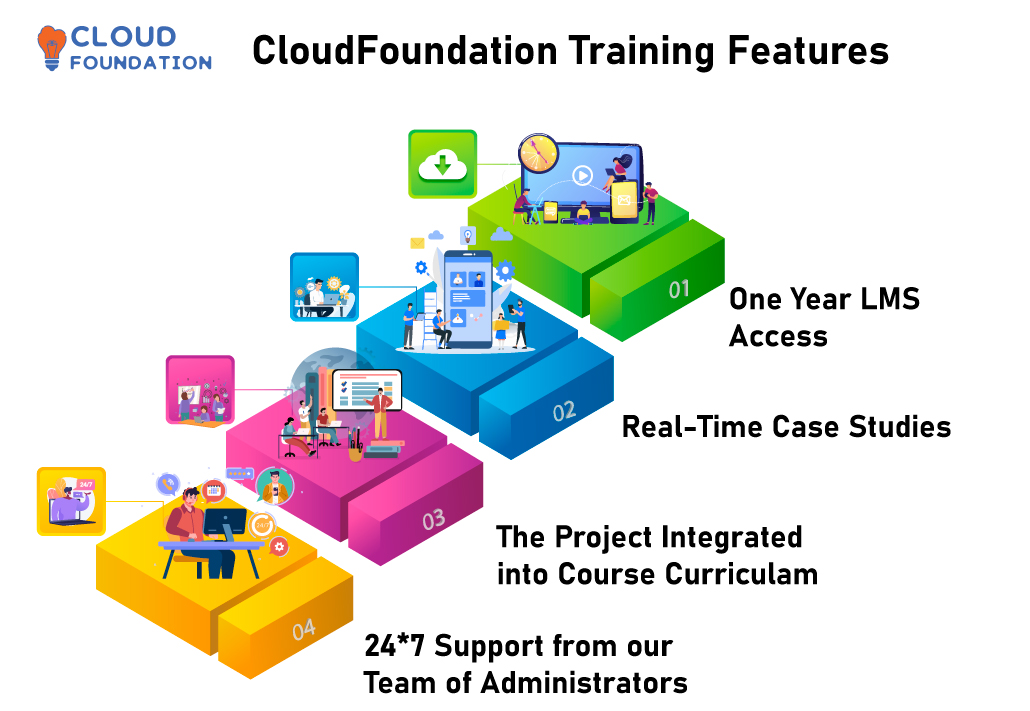FHIR Training
⏰10 hours | ▶️ 09 Videos | 📣 6153 Participants | 🎓 3245 Reviews | 4.9 ⭐⭐⭐⭐⭐
Choose a Plan that Works for You
Self Paced
- Advanced sessions
- Interview Q&A
- Free study Materials
- Premium Technical support
Instructor Led Live Training
- Live Instructor
- Advanced sessions
- Interview Q&A
- Premium Technical Support
Corporate Training
- Live Instructor
- Advanced sessions
- Interview Q&A
- Premium Technical Support
Upcoming Batches EST
Weekday
| Jan 11(1 HR A DAY) |
| 07:00 PM EST |
| Enroll Now → |
Weekday
| Jan 25(1 HR A DAY) |
| 07:00 AM EST |
| Enroll Now → |
Weekend
| Jan 27(1 HR A DAY) |
| 07:30 PM EST |
| Enroll Now → |
Upcoming Batches IST
Weekday
| Jan 12(1 HR A DAY) |
| 07:30 AM IST |
| Enroll Now → |
Weekday
| Jan 25(1 HR A DAY) |
| 07:30 PM IST |
| Enroll Now → |
Weekend
| Jan 28(1 HR A DAY) |
| 08:00 AM IST |
| Enroll Now → |
Course Description
FHIR stands for Fast Healthcare Interoperability Resources and was developed by the HL7 International Organization for Standardization as an open standard for electronic healthcare data exchange.
The World Wide Web Consortium developed FHIR to assist healthcare practitioners with sharing patient data across platforms.
Utilising RESTful API technology, FHIR allows physicians to access patient demographics, medical history, prescriptions, and test results across systems interoperability.
FHIR is ideal for remote patient monitoring and telemedicine since it enables real-time data exchange across healthcare systems, standardising health information exchange.
FHIR allows healthcare providers to access patient records while improving care and cutting costs securely.
FHIR’s adaptable nature enables healthcare companies to tailor it according to their specific requirements, with patient data, medications, and test results easily transferred between systems.
Furthermore, developers can build custom applications or services using FHIR APIs, simultaneously offering flexibility and scalability!
Healthcare organisations globally use FHIR technology, and its use can revolutionise information sharing and access.
FHIR training involves becoming familiar with this electronic healthcare information exchange standard.
Training on FHIR may be accomplished using various approaches, including online courses, seminars and conferences.
FHIR instruction is often provided by organisations and individual healthcare practitioners, software developers or consulting businesses.
Notable resources for FHIR training include the HL7 FHIR Training Page, Developer’s Guide and Community Group on GitHub.
Online FHIR training offers healthcare providers an efficient means of understanding more about this technology as they utilise it effectively in their practices.
Healthcare practitioners may benefit from online resources – tutorials, webinars, and certification programs – to hone their FHIR skills and expertise.
These could include tutorials, webinars, videos, blogs or certification programs to strengthen these abilities.
These tools are readily available anywhere with internet connectivity, making learning about this crucial technology accessible and adaptable.
In-depth FHIR courses cover its architecture, resources and data models.
These courses may incorporate hands-on activities and examples that demonstrate how FHIR should be utilised in practice, with particular courses offering guidance in specific use cases like EHR integration or clinical decision support systems.
These courses may require additional expertise and experience in FHIR resources, with specific knowledge needed for particular courses. Each FHIR class refers to one resource specified within its standard.
FHIR defines resource classes to categorise different health information types, including patient records, physician orders and test findings.
Learners looking to demonstrate their FHIR expertise may enrol in certification programs.
These programs often entail taking examinations that assess FHIR knowledge and abilities.
FHIR can act as the backend service in healthcare applications.
CloudFoundation offers a platform to deploy, scale and manage applications written using various programming languages or frameworks, including FHIR clients, with application deployment as the final step.
Healthcare practitioners can quickly communicate and access patient data across systems or locations.

Course Content
1. Overview on HL7
2. Specification
3. Encoding Characters
4. FMM model and topic reading specification and flags
5. Binding Strength, Schema Based Mapper
6. Extension
7. Overview on ID and resource reference and API
8. Chaining, Observation Resource, Capability Statement
9. Validating a Resource
FAQ’s
❓What Is the Difference between HL7 and FHIR?
✅FHIR, an emerging standard that addresses web-based healthcare data transmission, uses HTTP and JSON protocols, making FHIR more modular and flexible than HL7 for data access.
FHIR makes data exchange online simpler through standard endpoints that facilitate system communication with healthcare providers, while HL7 moves medical records between healthcare providers.
❓What Is HL7 FHIR Certification?
✅To become certified under HL7’s FHIR standard, FHIR professionals must examine basic FHIR standard implementation concepts in healthcare environments and best practice recommendations.
In addition, an exam to test practical knowledge of and application for FHIR must also take place to be awarded their designation.
❓What is FHIR, and Why do We Care about it?
✅FHIR stands for Fast Healthcare Interoperability; these standards address contemporary, adaptable, and practical web-based data exchange in healthcare settings.
FHIR Standard Endpoints enable systems to easily access and share patient medical records, test results, and prescription orders. System data are represented using traditional FHIR data models; flexible models enable sharing and use by multiple systems simultaneously.
❓How can I prepare for FHIR certification?
✅FHIR stands for Fast Healthcare Interoperability; these standards address contemporary, adaptable, and practical web-based data exchange in healthcare settings.
FHIR Standard Endpoints enable systems to easily access and share patient medical records, test results, and prescription orders. System data are represented using traditional FHIR data models; flexible models enable sharing and use by multiple systems simultaneously.
❓How can I prepare for FHIR certification?
✅First, familiarise yourself with healthcare data exchange endpoints available within FHIR and review its test guide.
FHIR certification requires standards, test guides, practice exam knowledge and exam knowledge to pass. You may successfully pass your FHIR test through these means and demonstrate standard knowledge.
❓What are the core capabilities of FHIR?
✅FHIR endpoints enable patients to share medical data such as test results or medications with each other easily and securely, providing systems with the freedom and versatility needed to integrate and utilise data in different ways.
Standard FHIR data transmission models apply, while flexible data models allow systems to share and utilise it.
❓Are FHIR and HL7 the same thing?
✅FHIR and HL7 are related yet distinct platforms used for sharing medical records across platforms since their creation during the 80s.
FHIR and HL7 share similar but distinct traits; one exchanges medical records while the other shares healthcare data online; however, FHIR differs by exchanging healthcare information electronically online with several enhancements unique to its use as part of an HL7 environment.
❓What are the complete forms of FHIR in healthcare?
✅This standard offers modern, flexible, and effective web-based health data sharing for health research purposes.
Systems can easily access and communicate patient medical data, test results, and medication orders using FHIR standard endpoints. Standard FHIR data models describe system data, while flexible models enable systems to share and use shared information.
❓Is FHIR an API?
✅FHIR is an API designed to let systems access and exchange healthcare data online using standard endpoints, including JSON data storage capabilities for acquisition, modification and deletion.
❓What protocol is FHIR using to exchange healthcare data?
✅FHIR exchanges healthcare data using HTTP; web browsing, apps and services also utilise it.
Healthcare data is frequently exchanged using HTTP with FHIR. FHIR takes advantage of HTTP’s flexibility and scalability in conveying healthcare data effectively.
❓What components comprise an FHIR server?
✅FHIR server endpoints enable multiple healthcare systems to exchange healthcare data efficiently. Custom healthcare data reading, updating, or deleting endpoints are possible via FHIR servers.
FHIR system-to-system data transport follows data models. System-sharing models could be conventional or custom on FHIR server,
APIs, databases and web servers process healthcare queries submitted using FHIR servers.
Suggested Courses




MuleSoft Training
⭐⭐⭐⭐⭐
😃 221 Learners




Pega Training
⭐⭐⭐⭐⭐
😃 391 Learners




SailPoint Training
⭐⭐⭐⭐⭐
😃 106 Learners




WorkDay Training
⭐⭐⭐⭐⭐
😃 158 Learners
A few of our students
















Contact Us